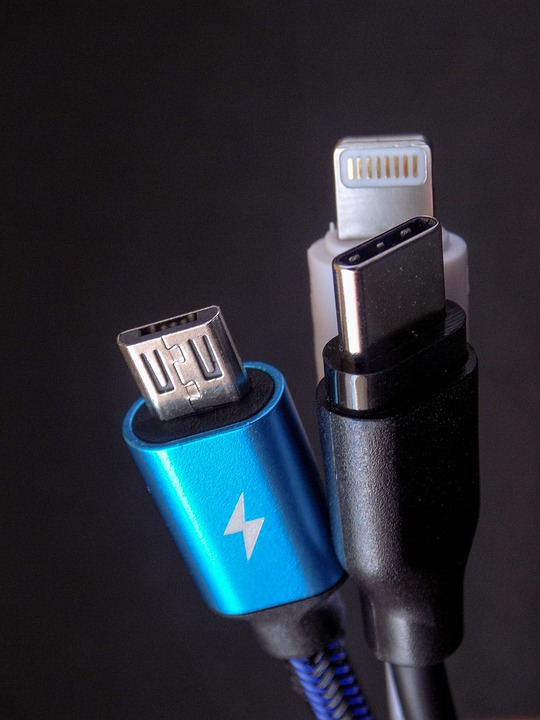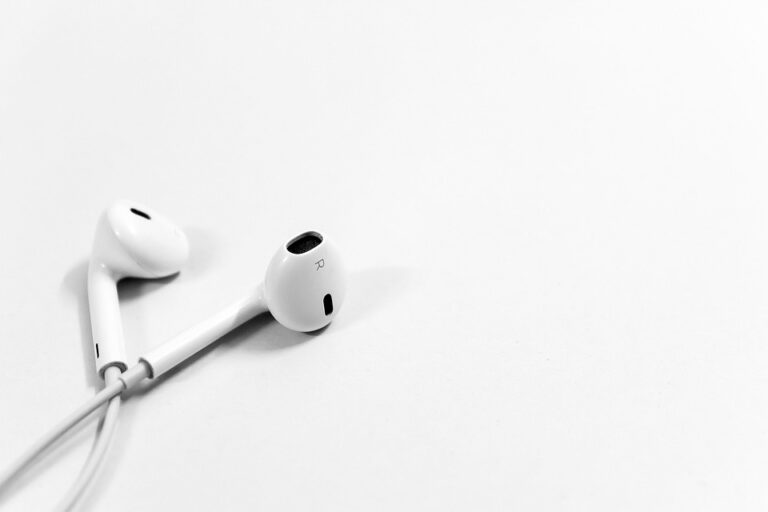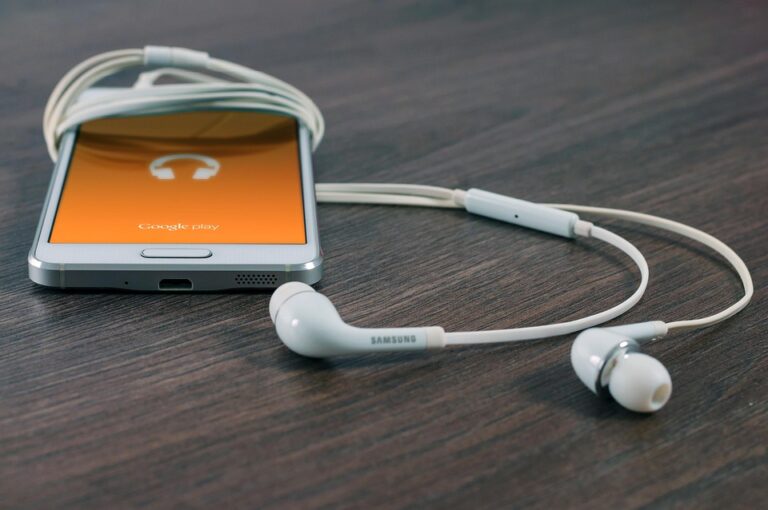
Navigating the world of USB-C cables can feel akin to traversing a labyrinth—each turn presents new challenges, particularly given the plethora of options available today. Whether you’re looking to charge your smartphone, transfer data, or connect to a monitor, selecting the right cable is paramount. Let’s delve into the intricacies of USB-C cables and uncover what you truly need to consider.
Understand the Specifications
-
Power Delivery (PD): One of the most critical aspects to consider is whether the cable supports Power Delivery. PD enables faster charging capabilities, which is a boon for devices that require more power. For instance, a cable that supports up to 100W can charge a laptop, while a standard one might only suffice for a smartphone.
-
Data Transfer Rates: Not all USB-C cables are created equal in terms of data transfer speeds. The USB 3.2 standard offers impressive speeds of up to 20 Gbps, but you’ll find that many cables only support USB 2.0, which maxes out at a mere 480 Mbps. If you’re transferring large files regularly, investing in a higher-spec cable is essential.
-
Compatibility: It’s vital to ensure that your chosen cable is compatible with your devices. While USB-C is a universal standard, some manufacturers have specific requirements. Always check the specifications, as compatibility issues can lead to frustrating charging and data transfer experiences.
Quality Matters
The build quality of a USB-C cable can significantly impact its longevity and performance. Look for cables that feature robust connectors and durable sheathing—this can be particularly important if you frequently plug and unplug your devices. The right cable should withstand daily wear and tear, making it a worthy addition to your tech arsenal.
Length Considerations
When it comes to cable length, the rule of thumb is to choose wisely. A longer cable may offer more flexibility, but it can also lead to increased resistance, which could affect charging speeds. Conversely, a short cable can be convenient but may limit your range of movement. Assess your needs carefully: will you be using the cable at a desk, or will you need to stretch it across the room?
Beware of Counterfeits
As with any popular product, counterfeit USB-C cables abound on the market. These imitation cables can compromise your device’s safety, potentially leading to overheating or damage. To avoid this pitfall, purchase from reputable retailers and look for official certifications, such as USB-IF (USB Implementers Forum) compliance, which ensures that the cable meets specific performance standards.
Future-Proofing Your Choice
Technology is ever-evolving, and today’s cutting-edge devices will soon be outdated. When selecting a USB-C cable, consider future-proofing your investment. Opt for cables that support the latest standards, such as USB4, which promises to be compatible with a broader range of devices and offers enhanced performance.
The Bottom Line
Choosing the right USB-C cable is no trivial matter. By understanding the specifications, prioritising quality, considering length, avoiding counterfeits, and future-proofing your selection, you can ensure that your cable meets your needs today and in the years to come. As technology continues to advance, staying informed will serve you well.
BargainsTrust remains committed to bringing you carefully selected product insights, ensuring that you make informed choices in your tech purchases.






